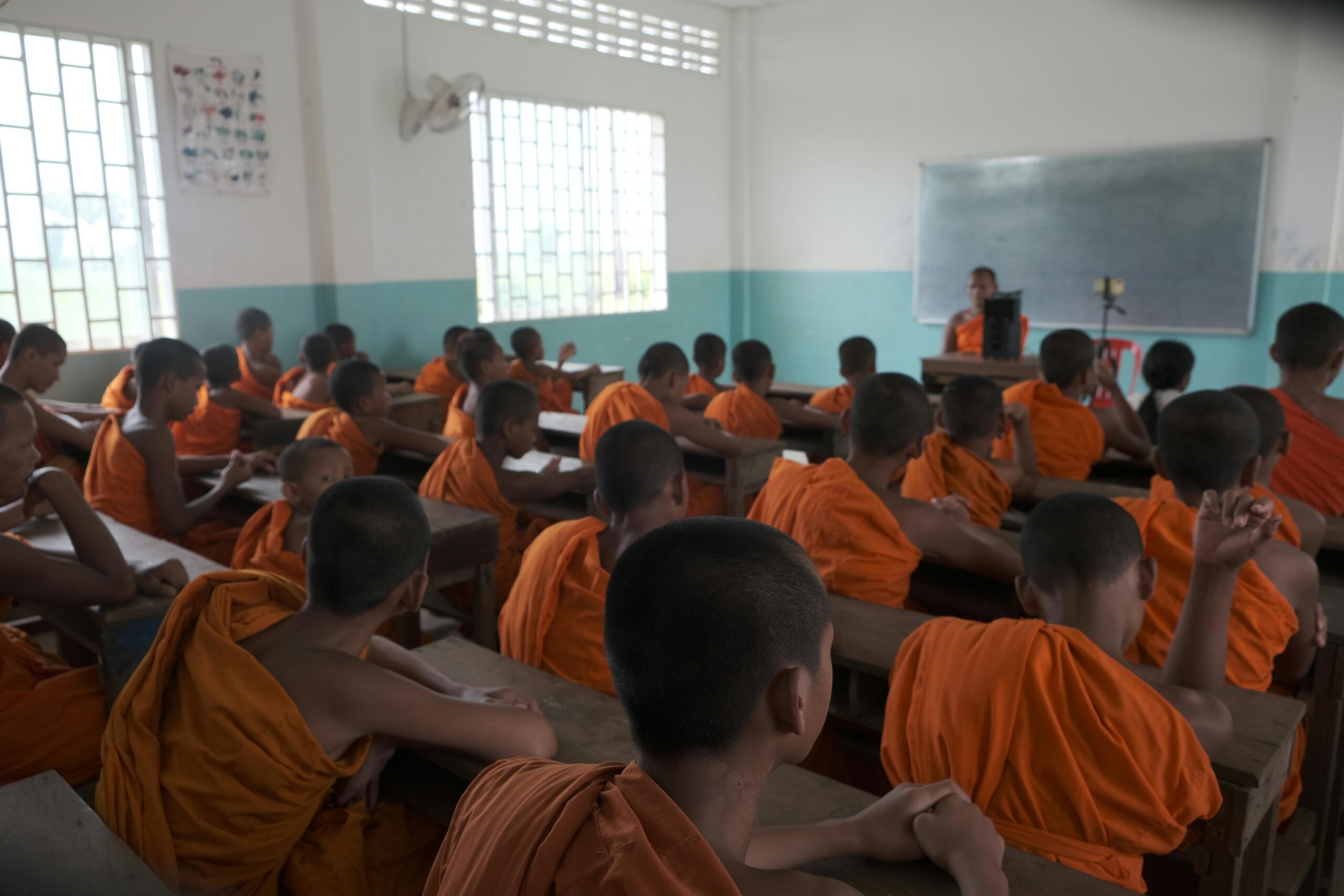In the diverse educational landscape of India, parents face the perennial debate: should they choose a large, renowned institution or a smaller, lesser-known school for their child’s education? While large schools often boast vast resources and name recognition, it’s the small schools that might just hold the secret to more personalized and effective education. Let’s delve into this nuanced decision-making process, subtly exploring why smaller private schools could be the hidden gems your child needs.
Personalized Attention: The Hallmark of Small Schools
In the bustling corridors of big schools, individual student needs can sometimes get lost in the crowd. Contrastingly, small schools with their limited enrollment offer a more personalized educational experience. Here, teachers know each student by name and learning style, allowing for tailored instructional approaches that address individual strengths and weaknesses—a subtle yet profound advantage.
Quality of Education Over Quantity of Resources
Large schools in India often impress with their extensive campuses and state-of-the-art facilities. However, the essence of quality education lies not in the quantity of resources but in how effectively they are utilized to enhance student learning. Small schools may not have Olympic-sized pools or massive auditoriums, but they often feature highly committed teachers and a community-oriented atmosphere that nurtures academic and personal growth, suggesting a deeper, more meaningful educational engagement.
Community and Connectivity
Big schools boast vast networks which, while impressive, can sometimes feel impersonal. Small schools, with their tighter-knit community, offer a familial sense of connectivity. This environment fosters not only close friendships and strong mentorship ties but also allows for a cohesive educational journey where every child is actively involved in school activities, rather than being just another face in the crowd.
Flexibility and Innovation
One might assume that larger educational institutions lead the way in innovation due to their resources. However, small schools in India often demonstrate remarkable flexibility in curriculum design and implementation. Unburdened by large-scale bureaucratic constraints, these schools can quickly adopt innovative teaching methods and integrate real-world issues into the curriculum, providing a dynamic learning environment that is both adaptive and progressive.
Stress and Student Wellbeing
Large schools, with their hyper-competitive environments, can inadvertently heighten stress levels among students, driven by the constant pressure to outperform peers. Small schools can offer a more relaxed atmosphere, where the emphasis shifts from sheer academic excellence to holistic development. In these nurturing settings, children often experience reduced anxiety and pressure, promoting better mental health and more joyful learning.
Educational Outcomes and Opportunities
Critics of small schools may question the breadth of opportunities available. Yet, these schools frequently cultivate strong partnerships with local organizations and businesses, providing students with unique internships and hands-on learning opportunities that might be less accessible in larger settings. Additionally, the success of a school’s alumni in diverse fields can subtly highlight the effectiveness of its educational approach, regardless of its size.
Conclusion: Thinking Beyond Size
Choosing the right school in India is more than a matter of size. It’s about understanding what type of environment will best allow your child to flourish. While big schools offer certain advantages, the unique benefits of small private schools—personalized attention, community involvement, and innovative teaching—suggest they might just be the better choice for families seeking a supportive and engaging educational experience for their children. In the end, the decision should hinge not on the size of the school, but on the size of the opportunity it offers to each student.











